The ocean’s deepest trenches remain some of the most unexplored and mysterious places on Earth. These underwater chasms hold geological secrets, host unique ecosystems, and are often the birthplace of seismic activity like earthquakes and tsunamis. Despite technological advances, much of what lies at the bottom of these trenches is still unknown, with only a few expeditions ever reaching their extreme depths. Each trench has its own story to tell, offering a glimpse into the Earth’s tectonic movements, biodiversity, and even clues about life’s resilience in the most hostile environments.
Mariana Trench: Earth’s Deepest Abyss
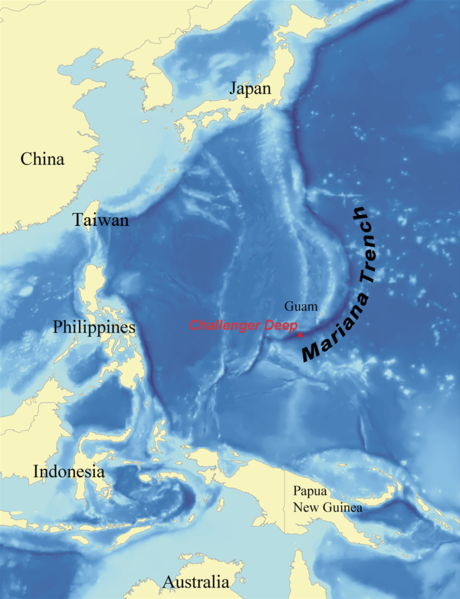
The Mariana Trench, home to Challenger Deep, holds the title of the deepest point on Earth, plunging nearly 36,000 feet into the Pacific Ocean. This trench challenges life with extreme pressure, reaching over 1,000 times that at sea level, and temperatures near freezing. Despite these harsh conditions, microorganisms, amphipods, and snailfish thrive here, offering scientists valuable insights into life’s adaptability. Its unique environment is a treasure trove for studying geological processes and deep-sea ecosystems, revealing how these organisms survive on minimal nutrients through chemosynthesis. Additionally, the Trench provides data on tectonic activities, as it lies at the boundary of converging plates. New technologies, such as autonomous underwater vehicles, have enhanced our ability to explore this mysterious trench.
Tonga Trench: A Tectonic Powerhouse
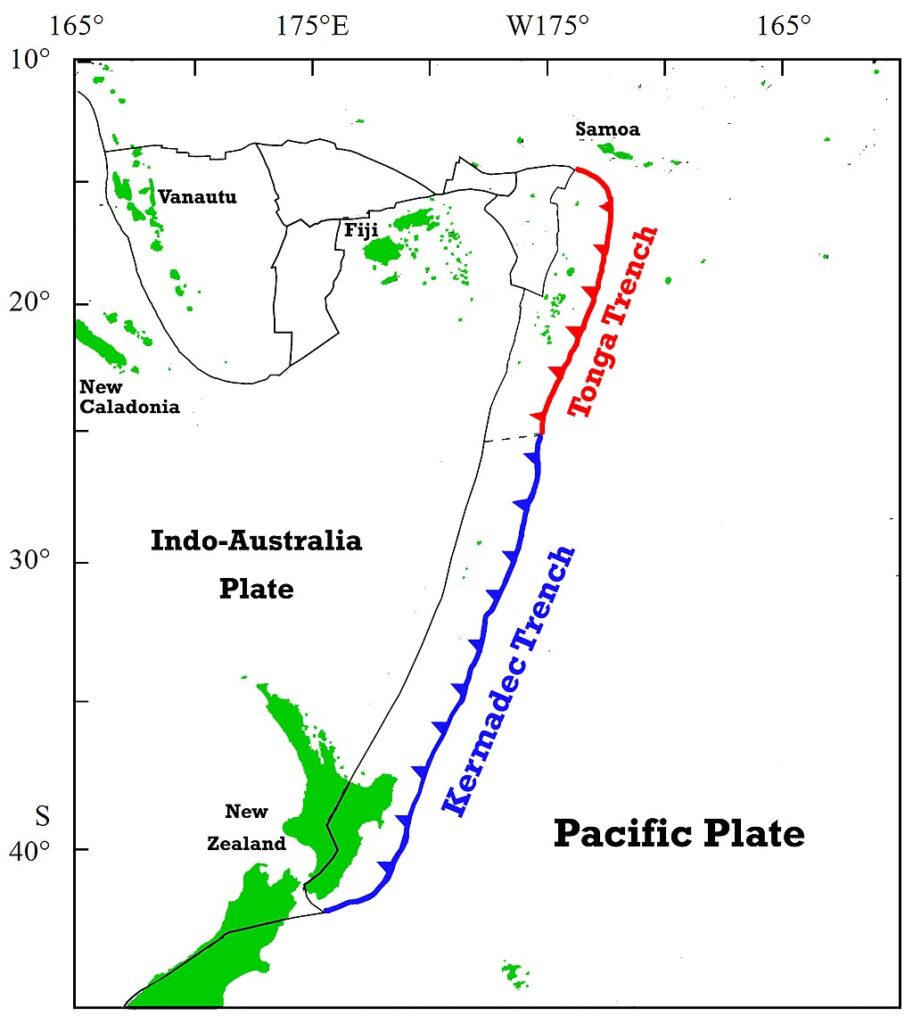
The Tonga Trench, stretching over 1,500 miles, is the second-deepest trench in the world, plunging to nearly 35,702 feet. Located in the South Pacific, it is part of the Pacific Ring of Fire, an area renowned for its seismic activity. It is where the Pacific Plate subducts beneath the Indo-Australian Plate, leading to volcanic activity and frequent earthquakes. Its geological significance lies in providing critical data on Earth’s tectonic dynamics. Life in the Tonga Trench has adapted to extreme pressure and cold, with unique species thriving despite the lack of sunlight. Scientists use this trench to study how deep-sea life survives such hostile environments, and ongoing expeditions reveal how these ecosystems contribute to global biodiversity. With its tectonic activity, it also plays a key role in understanding ocean basin formation.
Philippine Trench: Biodiversity in the Depths
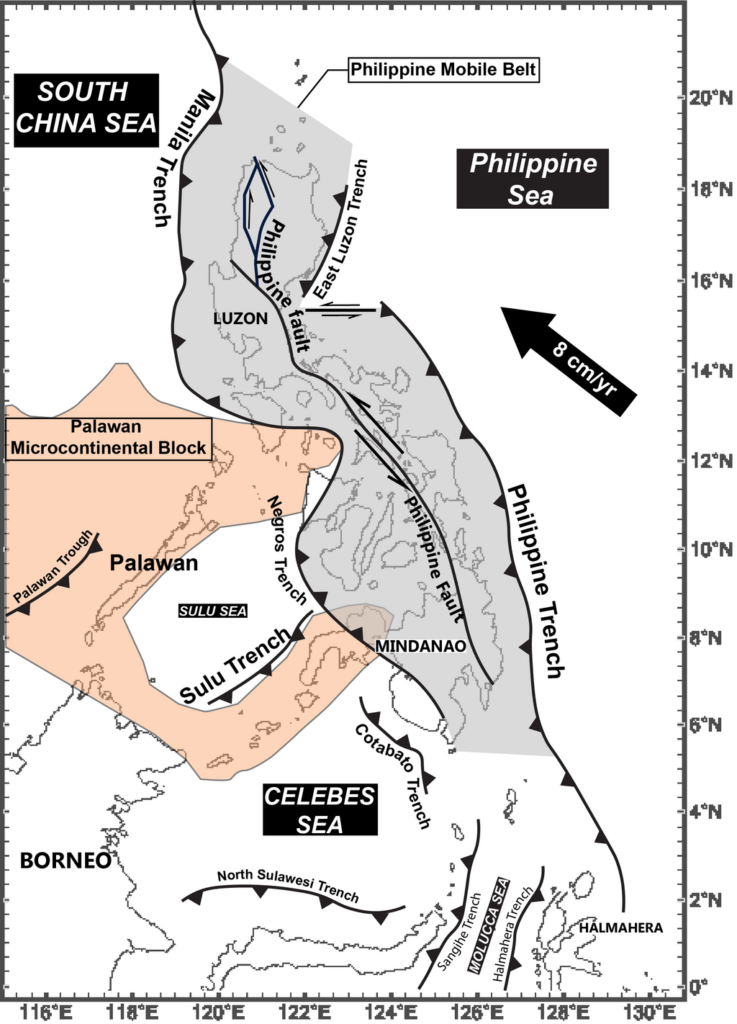
Located east of the Philippines, the Philippine Trench reaches a depth of 34,580 feet and serves as a critical zone for studying complex tectonic interactions between the Eurasian and Philippine Sea plates. As one of the most seismically active regions, it experiences frequent earthquakes, which shape the surrounding seafloor. Despite its depth and extreme pressure, it hosts a variety of marine life, including deep-sea fish and invertebrates uniquely adapted to thrive in low-light environments. These species use bioluminescence to communicate and hunt in the dark waters. It also contributes to global oceanic circulation, influencing ocean currents and climate. Its continued exploration could offer more revelations about Earth’s deep-sea biodiversity and the role it plays in larger ecosystems.
Puerto Rico Trench: Deep in the Atlantic
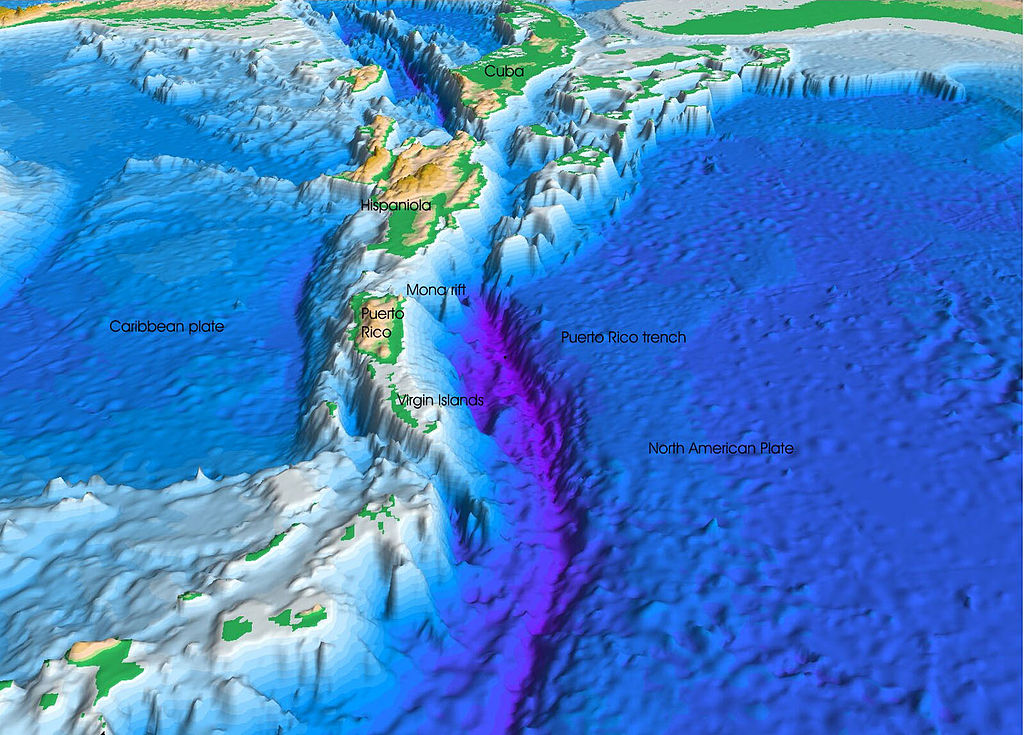
The Puerto Rico Trench is the deepest point in the Atlantic Ocean, with depths reaching 27,493 feet. It lies at the boundary between the North American and Caribbean Plates, making it a key area for studying tectonic movement and seismic activity. It has helped scientists understand the unique geological processes of the Atlantic Ocean, with plate tectonics driving undersea volcanic activity. Rich biodiversity thrives within its depths, where new species are continually being discovered. Its proximity to densely populated Caribbean islands also raises concerns about the potential for earthquakes and tsunamis triggered by tectonic shifts.
Sunda (Java) Trench: Indian Ocean’s Depths
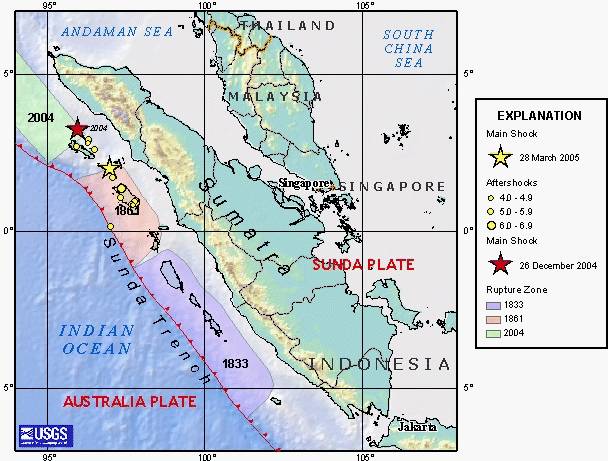
The Sunda Trench, also known as the Java Trench, is the deepest point in the Indian Ocean, with depths of approximately 25,344 feet. It forms as the Indo-Australian Plate subducts beneath the Eurasian Plate, creating a highly seismically active zone known for producing devastating tsunamis. Biodiversity within the trench includes unique species that have adapted to its harsh conditions, such as deep-sea fish and crustaceans. Its ecosystem plays a vital role in the health of the surrounding marine environment. Moreover, the Sunda Trench holds crucial data on deep-sea geological processes, making it an important focus for ongoing marine research.
Japan Trench: Earthquake Generator
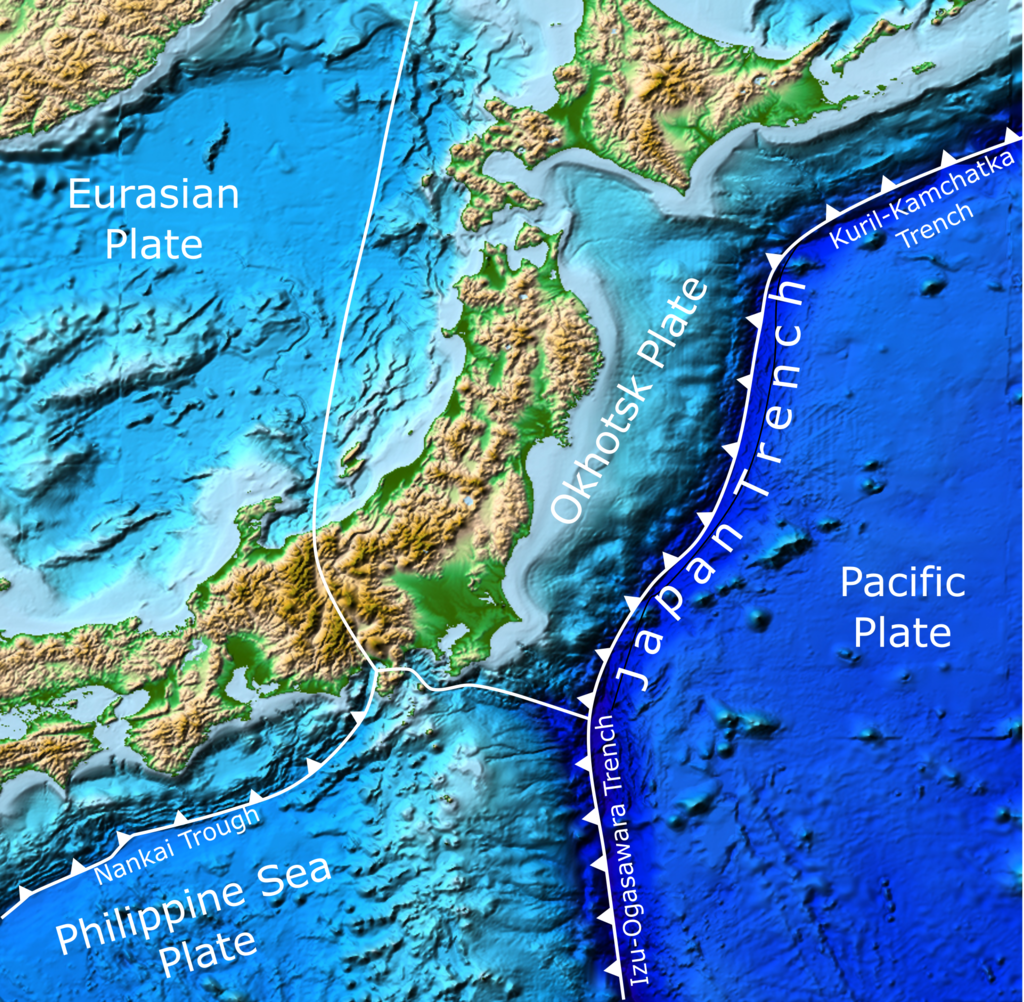
The Japan Trench, located off the coast of Japan, plunges to depths of 29,751 feet and is a critical zone for seismic research. It marks the boundary between the Pacific Plate and the North American Plate, which frequently triggers powerful earthquakes, including the devastating 2011 Tohoku earthquake. It not only offers valuable data on seismic activity but also contains unique ecosystems of deep-sea species adapted to high pressure and cold temperatures. Hydrothermal vents found in the trench support communities of chemosynthetic organisms, showcasing how life thrives in extreme environments. Continuous monitoring of the Japan Trench aids in earthquake prediction efforts, potentially saving lives in the future. The trench also plays a key role in understanding subduction zone dynamics and the risks associated with them.
New Hebrides Trench: Marine Life Mystery
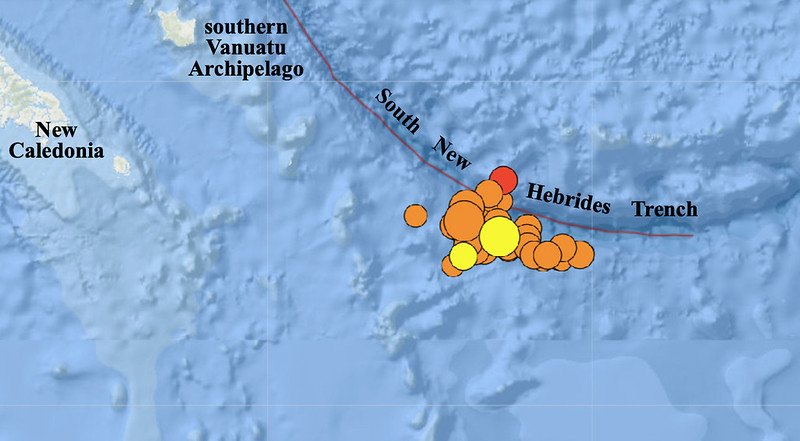
The New Hebrides Trench, located in the South Pacific, reaches depths of about 25,000 feet. It is one of the least explored oceanic trenches, offering untapped potential for marine biology discoveries. It lies at the boundary of the Indo-Australian and Pacific Plates, contributing to significant tectonic activity in the region. Despite the lack of light, it hosts a variety of deep-sea creatures, some of which are unique to the area. Hydrothermal vents in the trench support chemosynthetic communities, offering a glimpse into how life can survive without sunlight. Researchers believe the trench could reveal more about the evolution of life in deep-sea environments, as well as offer clues to the geological history of the Pacific region.
Kuril-Kamchatka Trench: An Active Frontier
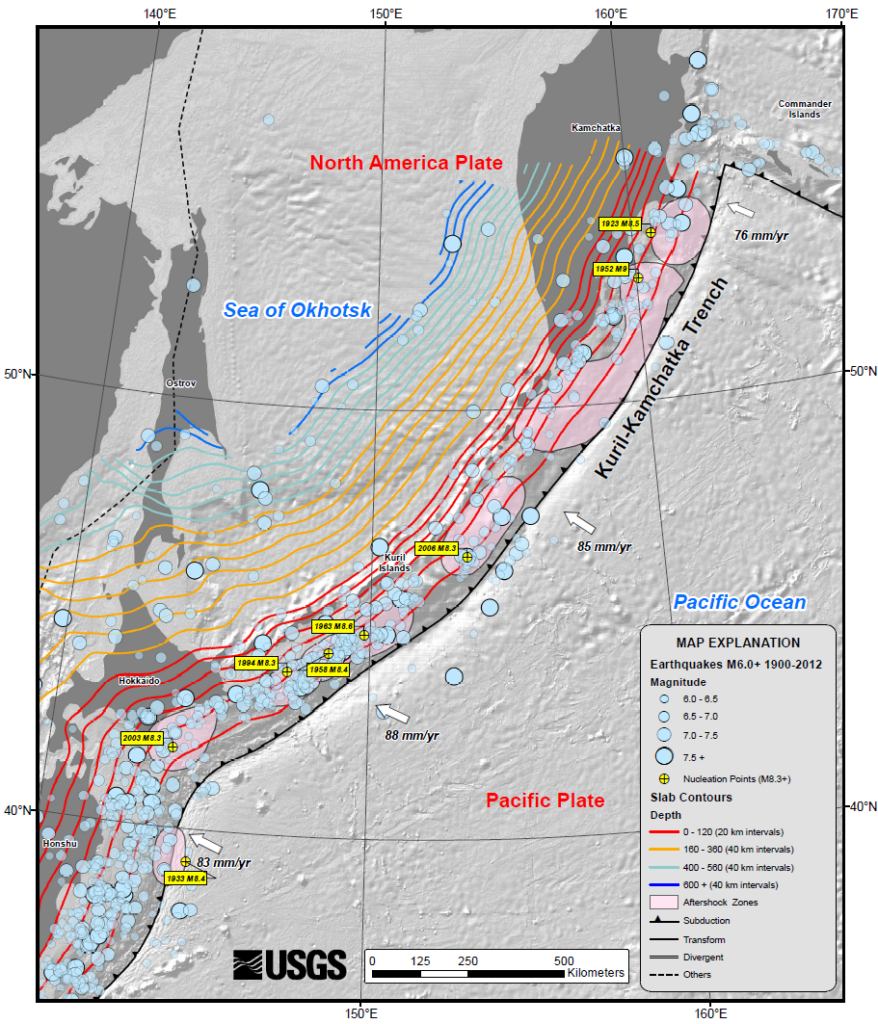
The Kuril-Kamchatka Trench, stretching for about 1,860 miles along the coast of the Kamchatka Peninsula, reaches depths of 34,449 feet. It is an active subduction zone where the Pacific Plate sinks beneath the Eurasian Plate, causing frequent earthquakes and volcanic activity. It is of great interest to seismologists, as it plays a role in generating powerful tsunamis that affect the Pacific Rim. Its ecosystem includes deep-sea creatures like giant isopods and sea cucumbers, which have adapted to the extreme pressure and cold. Its volcanic activity has also contributed to the formation of hydrothermal vents, which support unique microbial communities. Continued research into this trench could enhance our understanding of earthquake dynamics and improve tsunami warning systems.
Aleutian Trench: A Volcanic Intersection
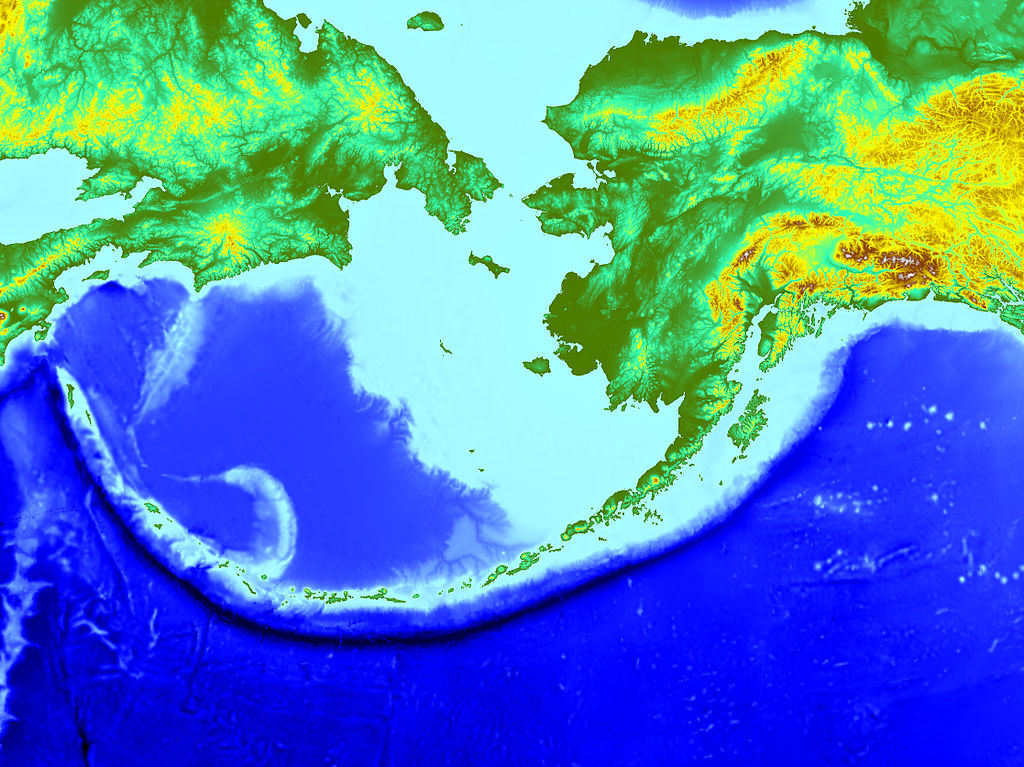
The Aleutian Trench, located in the northern Pacific Ocean, marks the boundary where the Pacific Plate subducts beneath the North American Plate, with depths reaching 25,194 feet. It is part of the Pacific Ring of Fire, a zone known for its high volcanic and seismic activity. This subduction zone is responsible for the formation of the Aleutian Islands, a chain of volcanic islands. It is also home to diverse marine species that have adapted to the cold, dark conditions of the deep sea. Scientists study the trench to understand how subduction zones generate earthquakes and volcanic eruptions. It remains a vital research area for understanding the complex interactions between tectonic plates and deep-sea ecosystems.
This article originally appeared on Rarest.org.
More from Rarest.org
22 Uncommon Mammals Found Only in Dense Rainforests
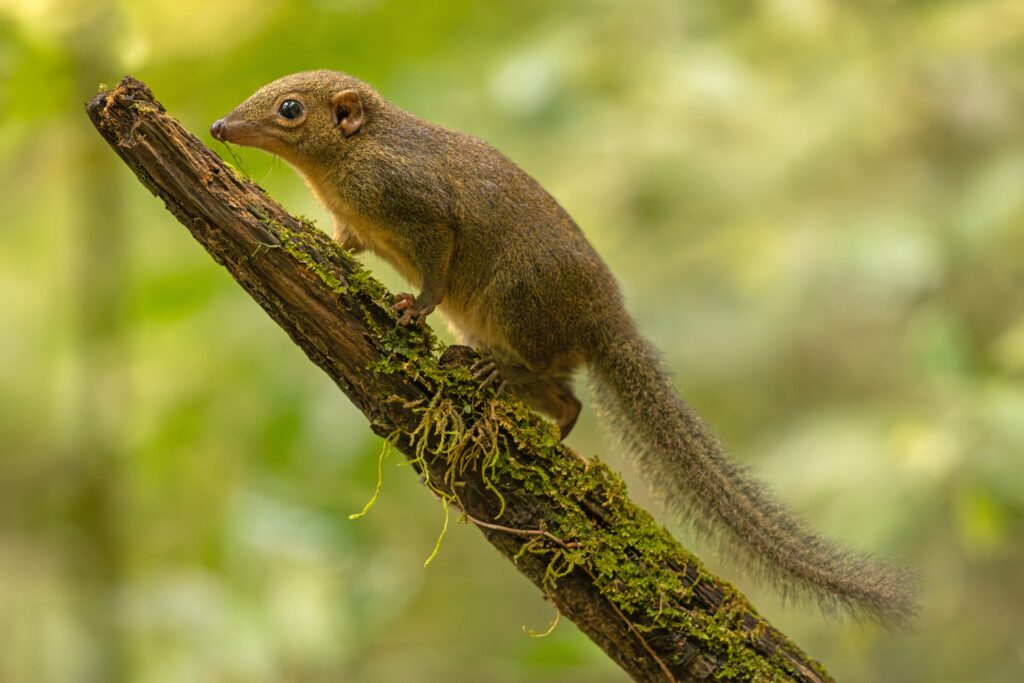
Dense rainforests are home to some of the world’s most unique and mysterious mammals. These environments, rich in biodiversity, provide the perfect habitat for species that thrive away from human eyes. Read More.
23 Unique Freshwater Fish Species at Risk of Extinction
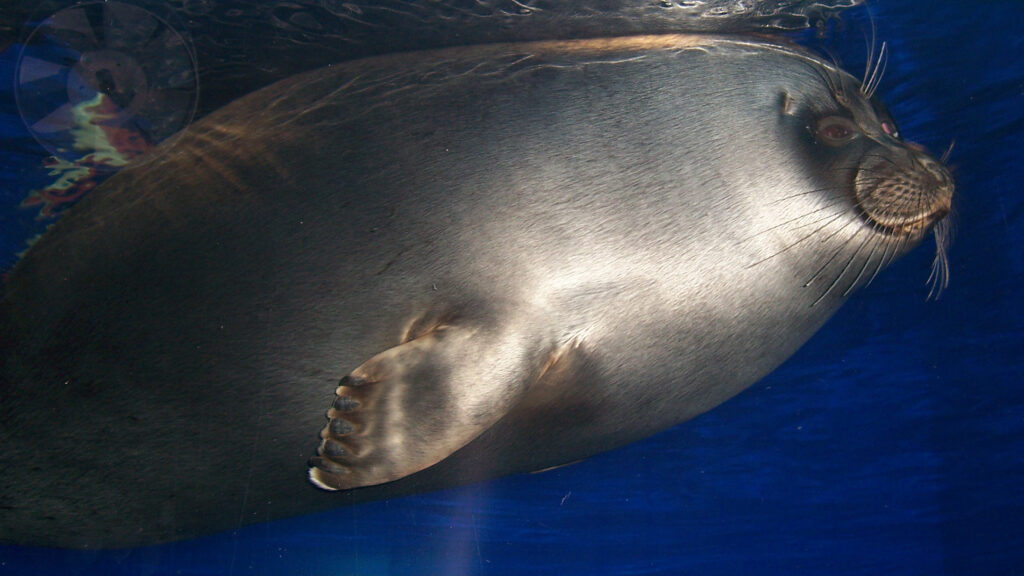
Freshwater ecosystems are home to some of the most unique and fascinating species on Earth. Sadly, many of these remarkable creatures are facing the threat of extinction. Environmental changes, pollution, and overfishing have all played a role in pushing these species to the brink. Read More.
15 Lesser-Known Species on the Brink of Extinction
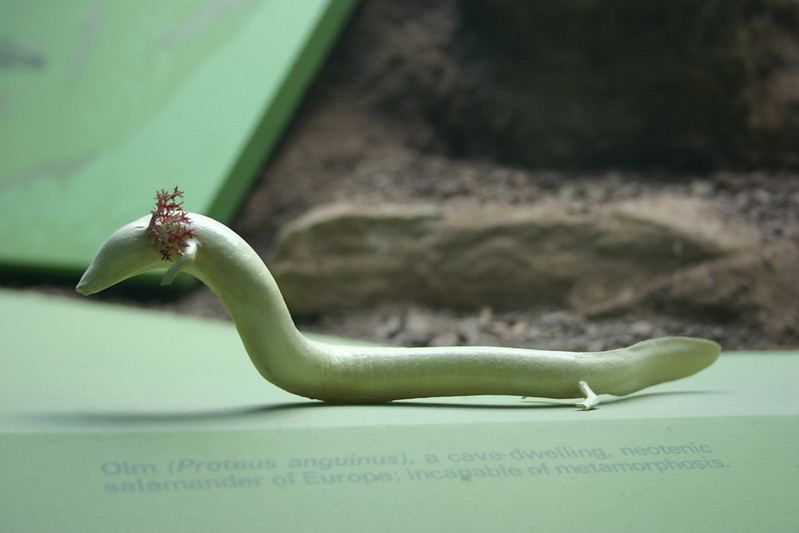
Many species around the world are facing the threat of extinction, but not all of them are well-known. While efforts to save popular animals like pandas and tigers often make headlines, lesser-known species are quietly disappearing at an alarming rate. Read More.
